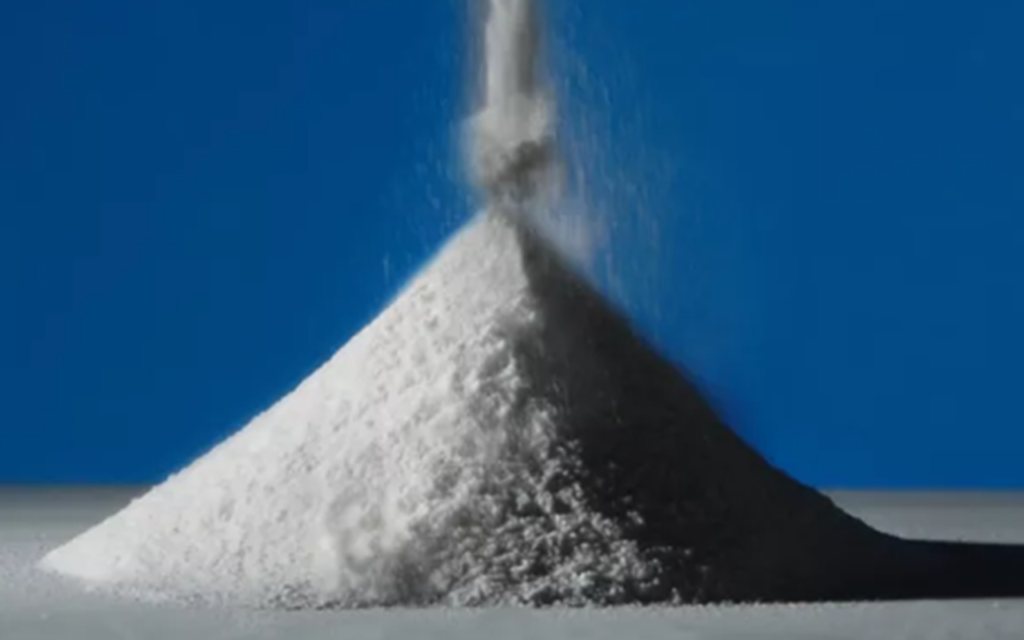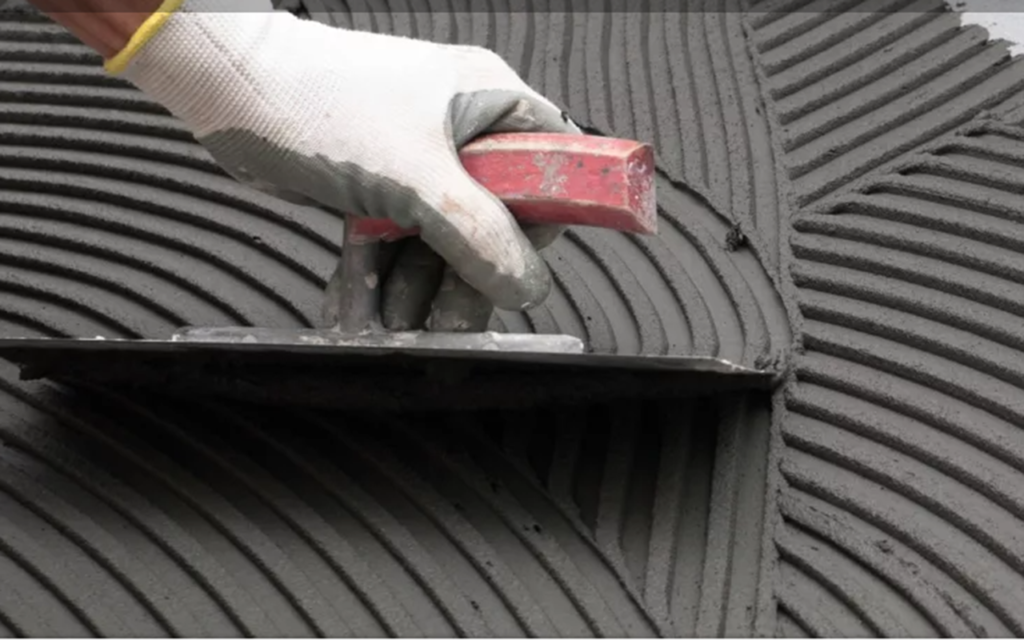Various additives are used in the components of commercial mortar products, cementitious materials, and aggregates. Additives are essential components in commercial mortar products, which can affect the mixing and construction of mortar and the quality of mortar—various properties after hardening. The dosage of these additives is generally about 0.01% to 10% (referring to the mass fraction of additives in the total amount of mortar formula).
Many additives used in concrete can be directly used in commercial mortar products, but there is a big difference between mortar and concrete in actual application, which is mainly manifested in the following aspects: sometimes it needs to be constructed on polystyrene board such as soft base; construction thickness is thin (such as thin layer mortar); the area exposed to the air is enormous; usually it is necessary to bond with various surfaces that are difficult to connect; it can meet some special construction performance requirements in the freshly mixed state (such as self-leveling mortar); after the mortar is hardened, in addition to meeting the requirements of mechanical properties and durability, it must also meet the requirements of decoration (such as color facing mortar); it needs to have specific waterproof performance to maintain the original function of the mortar (such as the protection of the base layer, thermal insulation and decoration).

Based on the above situation, in addition to sometimes using redispersible polymer powder as the second cementing material in commercial mortar products, it is also necessary to use some admixtures that are not commonly used in concrete, such as cellulose ether, water repellent, etc., Other admixtures to adjust the performance of freshly mixed and hardened mortar include starch ether, adjusting admixture, defoamer, expansion agent and air-entraining agent.
Polymer modifier for cement mortar
High molecular polymer, or high molecular compound, is a general term for natural high molecular and synthetic high molecular compounds which comprises one (homopolymer) or several (copolymer) structural units linked by covalent bonds. It is a compound composed of relatively regular continuous sequences.
High molecular polymers or their prepolymers are called synthetic resins, and high molecular polymers are prepared by polymerization. Most are made by artificial synthesis, so people call them polymer synthetic materials. High-molecular polymers can be made into synthetic fibers by spinning, high-elastic synthetic rubber, or rigid materials—plastics through processing and molding. These are the so-called three primary synthetic materials. High-molecular polymers can also be used as a modifier for cement mortar.
Polymer-modified cement-based composites refer to adding polymer materials dispersed or dispersed in water when cement is mixed, including cement paste, mortar, and concrete.
1. Polymers used in modified cement
Four types of polymers are used for cement concrete and cement mortar modification:
- water-soluble polymers
- Polymer emulsions (or dispersions)
- Redispersible Polymer powder
- liquid polymers
2. Water-soluble polymer

There are many varieties of water-soluble polymers, which can be divided into three categories: natural water-soluble polymers, semi-synthetic water-soluble polymers, and synthetic water-soluble polymers.
Water-soluble polymers can increase the viscosity of the water phase. Concrete with high fluidity can increase its consistency and avoid or reduce aggregate segregation and bleeding, but it will not affect its fluidity. In addition, water-soluble polymers form a fragile film that improves the water retention of mortar or concrete. Generally speaking, the amount of water-soluble polymer is minimal, usually below 0.5% of the cement mass, and has no significant influence on the strength of hardened mortar and concrete.
Water-soluble polymers are mainly used to improve the working performance of cement mortar and cement concrete, especially in underwater non-separating concrete, high-fluidity pumpable concrete, and self-compacting concrete. Water-soluble polymers have become an essential component. Water-soluble polymers are also sometimes classified as tackifiers.
Water-soluble polymers can be used in the form of powder or aqueous solution. When used in powder form, they are generally dry-mixed with cement and aggregate first, then wet-mixed with water.



